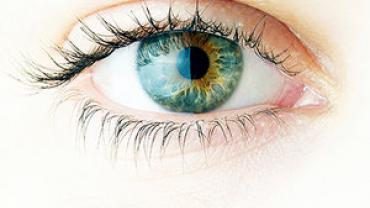
We live in a digital age where media and screens dominate our environment and command our attention whether we're at school at home in our vehicles in airports or even at grocery stores. The unique niche once held by television has expanded and is now shared by computers tablets electronic books video games GPS systems and more recently by smartphones. The average youth spends approximately 7.5 hours each day using entertainment media but even that seems conservative if you calculate the amount of time youths and adults spend staring at smartphones each day. In addition to the various psychological and social consequences of unbalanced screen time the electromagnetic radiation from screens has been shown to elicit retinal oxidative stress and corneal damage.
In a study measuring malondialdehyde (MAD) superoxide dismutase (SOD) glutathione peroxidase (GSH-Px) and catalase (CAT) activity in corneal and lens tissue among PC users and in a control group; it was found that the PC users had significantly lower levels of MAD SOD and GSH-Px in ocular tissue compared to controls. These findings were explained as a result of electromagnetic radiation increasing reactive oxygen species in cells leading to oxidative damage. Other studies have indicated that oxidative damage in retinal tissues occurred with the usage of mobile phones The obvious antioxidant/free radical imbalance created from an abundance of screen time warrants the need for extra antioxidants that can effectively support the eyes and protect them from further oxidative damage potentially leading to cataracts and glaucoma later in life.
The eye is a particularly lipid-rich organ meaning an effective antioxidant must likewise be lipid-soluble. It is also well known that carotenoids play an important role in ocular health. Therefore astaxanthin a particularly powerful carotenoid antioxidant from the microalgae Haematococcus pluvialis appears to be a superior choice for supporting the eyes. Several studies have examined the antioxidant power of astaxanthin as it pertains to ocular health. One particular study showed the protective effects of astaxanthin against photokeratitis and apoptosis in corneal cells. Another study confirmed the protective power of astaxanthin in reducing oxidative stress and the resulting cell death by reducing intracellular reactive oxygen species in ocular cells.
Astaxanthin is found in some varieties of seafood; however therapeutic amounts of this carotenoid cannot be obtained through diet alone rendering supplementation necessary. As our society becomes more technologically dependent which seems to be inevitable the consequences of technology also become unavoidable making the need for powerful antioxidants such as astaxanthin more critical than ever.